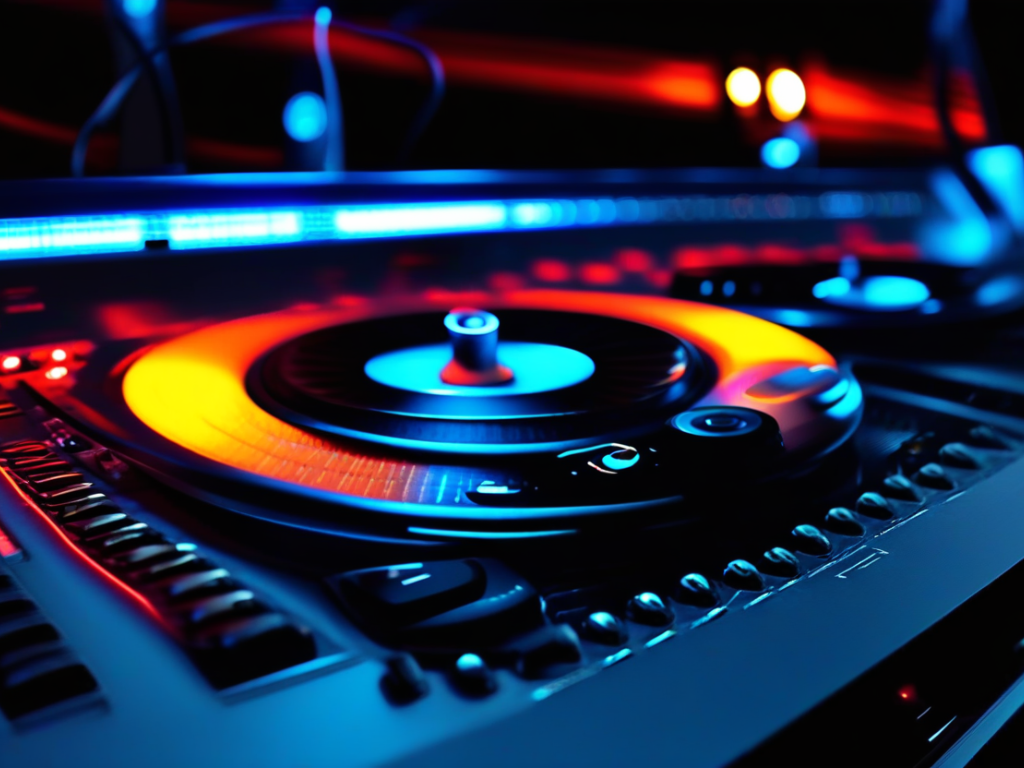As audio enthusiasts, we all seek to optimize our music listening experience by investing in high-quality sound equipment. One crucial aspect of achieving exceptional sound quality is mastering the art of EQ settings. Understanding how to fine-tune your music player’s equalization can significantly enhance the overall audio performance, allowing you to tailor the sound to your preferences and the characteristics of your audio setup.
In this article you will find:
- Understanding EQ and Its Impact
- Optimizing EQ Settings for Different Music Genres
- Avoiding Overemphasis and Clipping
- Utilizing Presets and Custom EQ Settings
- Conclusion
Understanding EQ and Its Impact
Equalization, commonly known as EQ, is a fundamental tool used in audio processing to adjust the balance between different frequency components of a sound. By manipulating the levels of specific frequencies, EQ can alter the tonal characteristics of audio signals, enabling you to boost or cut certain bands to emphasize or reduce particular elements within the music.
Each music player comes with its EQ settings that allow you to adjust bass, midrange, and treble frequencies to modify the audio output according to your preferences. However, mastering EQ settings goes beyond simply increasing or decreasing certain frequencies. It involves understanding the impact of these adjustments on the overall sound quality and how they interact with different genres of music.
Optimizing EQ Settings for Different Music Genres
One of the key considerations when fine-tuning your music player’s EQ settings is the type of music you are listening to. Different music genres have distinct sonic characteristics, and adjusting the EQ parameters can help enhance the listening experience for each genre.
For example, if you enjoy listening to bass-heavy music like hip-hop or EDM, boosting the low frequencies can provide a more impactful and satisfying bass response. On the other hand, classical music lovers may prefer a more balanced EQ with a focus on clarity and detail in the midrange frequencies.

Avoiding Overemphasis and Clipping
While EQ settings can be powerful tools for audio enhancement, it is essential to exercise caution to avoid overemphasis or clipping of certain frequencies. Boosting specific bands too much can lead to distortion and a lack of clarity in the audio output. It is advisable to make subtle adjustments and listen carefully to the changes in sound to ensure a balanced and natural result.
Additionally, paying attention to the overall volume level when applying EQ settings is crucial. High levels of boost in certain frequencies combined with high volume can exceed the dynamic range of your music player, resulting in clipping and detrimental effects on sound quality.
Utilizing Presets and Custom EQ Settings
Many modern music players come with preset EQ settings tailored for different music genres or listening environments. While these presets can serve as a convenient starting point, experimenting with custom EQ settings can help you achieve a more personalized and optimized sound profile.
By fine-tuning the EQ parameters based on your specific preferences and the characteristics of your audio equipment, you can create a custom EQ curve that delivers a listening experience tailored to your individual taste. Don’t hesitate to explore different combinations of EQ settings and trust your ears to guide you towards the optimal sound quality.
Conclusion
Mastering EQ settings is a valuable skill that can significantly enhance your music player’s sound quality and elevate your listening experience. By understanding the fundamentals of EQ, optimizing settings for different music genres, and avoiding common pitfalls like overemphasis and clipping, you can unlock the full potential of your audio equipment.
Experimenting with EQ presets and custom settings allows you to fine-tune the audio output to suit your preferences and create a more immersive and enjoyable listening environment. Remember, the goal of EQ adjustments is to enhance the music, not to overpower it. Embrace the art of EQ mastering, and let your music player deliver the audio quality you deserve.

